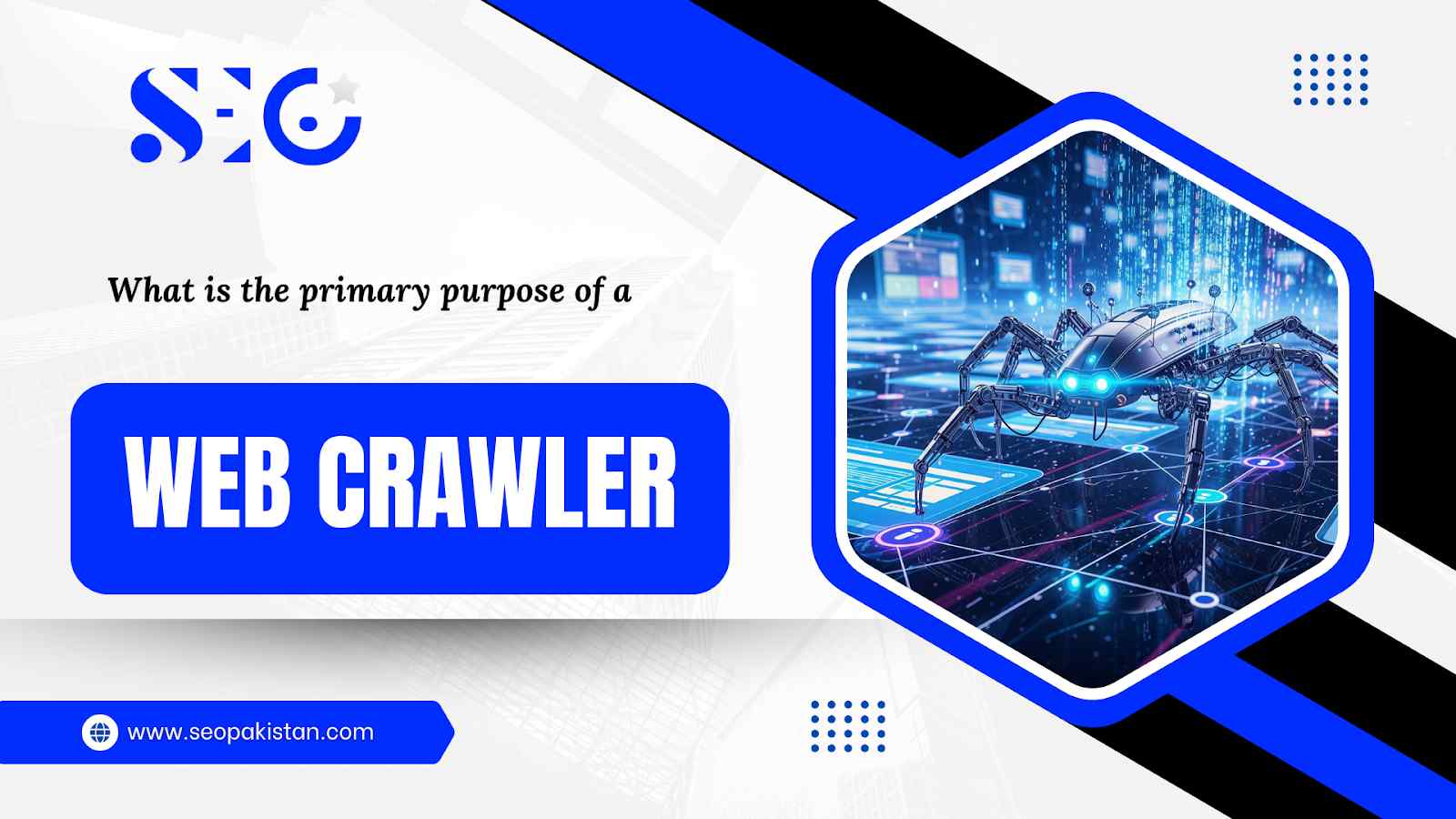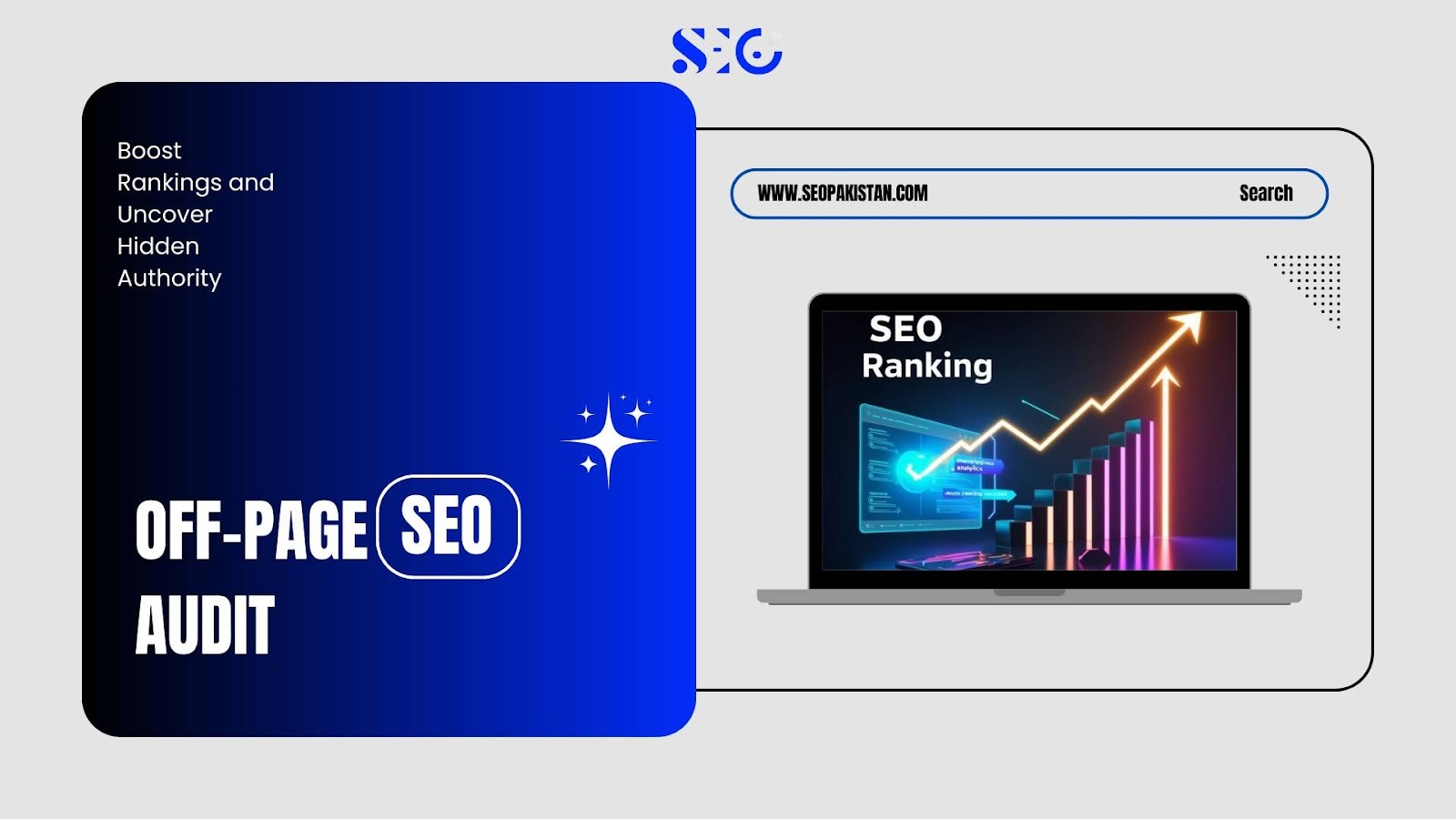Imagine the internet as an infinite library with billions of books scattered across countless floors and rooms. How would anyone find a specific piece of information in such chaos? This is where web crawlers step in as the tireless, digital librarians working around the clock to organize this vast digital expanse.
Web crawlers serve as the backbone of every search engine you’ve ever used. Their primary purpose is straightforward yet monumental: to discover, retrieve, and process web pages systematically, creating a comprehensive, searchable index that powers search engines worldwide.
Without this fundamental function, finding information online would be virtually impossible. Every Google search, every product discovery, and every answer you find online exists because web crawlers have done their essential work. For businesses, particularly those competing for visibility in markets like Pakistan, understanding this purpose becomes crucial for online success.
They determine whether your website appears in search results, directly impacting your brand visibility and potential revenue. In this blog post, we’ll explore the purpose of web crawlers, how they work, and why they’re essential for your website’s success.
The Fundamental Objectives: What Drives a Web Crawler’s Actions
Purpose 1: To Systematically Discover All Public Web Content
Web crawlers operate with one primary mission: methodically explore every corner of the public internet.
This systematic discovery serves multiple critical functions:
- Finding new websites: Crawlers identify newly launched sites and add them to search engine databases.
- Detecting new pages: They discover fresh content added to existing websites.
- Monitoring updates: Crawlers track changes to previously visited pages, ensuring search engines reflect current information.
- Indexing multimedia content: Crawlers analyze images, videos, and other media to include them in search results.
- Identifying broken links: They detect dead or broken links, helping to improve overall website health and user experience.
- Gathering metadata: Crawlers collect information like meta tags, descriptions, and keywords to improve search relevance.
- Understanding site structure: Search engine crawlers analyze website structures and internal links to effectively categorize and rank content.
The objective is to create the most current and complete “map” of the web. Think of it as a continuous surveying mission where crawlers never stop exploring, ensuring no valuable content remains hidden from potential searchers..
Purpose 2: To Retrieve and Interpret Web Page Data
Discovery alone isn’t enough. Once crawlers locate a web page, their next purpose involves downloading and analyzing its entire content structure.
What exactly do crawlers retrieve during this process?
- HTML code: The structural foundation that defines how pages are built.
- Text content: All readable information, including headlines, paragraphs, and captions.
- Media elements: Images, videos, and other multimedia components.
- Internal links: Internal links within a website help crawlers comprehend its structure and navigation.
- External links: Links that direct to external websites play a role in establishing a page’s relevance and credibility within the broader online landscape.
- Alt text: Descriptions of images that improve accessibility and offer additional context for the content.
- Structured data: Schema markup offers structured data about various content types, like events, reviews, or products, to help search engines better understand the information.
- HTTP status codes: Responses provided by the server that help crawlers understand if a page is accessible, redirected, or missing (404 errors).
- Mobile compatibility: Information about how well a page functions on mobile devices, critical for modern search rankings.
Crawlers don’t just collect this data randomly. They interpret and analyze it, extracting key information like relevant keywords, topic themes, and content relationships. This interpretation enables proper categorization and matching with future search queries..
Purpose 3: To Facilitate the Creation of a Searchable Index
The retrieved data serves a greater purpose: building search engines’ massive indexes. These indexes function as enormous, organized databases containing information about every discoverable web page.
How does this indexing process transform raw data into searchable results?
- Content organization: Information gets structured and categorized by topic, relevance, and quality.
- Keyword mapping: Specific terms get linked to pages where they appear naturally.
- Relationship building: Connections between related pages and topics are established.
- Quality assessment: Content value and authority are evaluated for ranking purposes.
- Duplicate content identification: Web crawlers detect and manage duplicate or near-duplicate content, ensuring only the most relevant version appears in search results.
- URL discovery and hierarchy mapping: Crawlers identify new URLs and establish a website’s structure to prioritize important pages.
- Content freshness tracking: Updates to existing content are monitored to ensure the index reflects the most current version.
- Metadata extraction: Crawlers gather metadata like titles, descriptions, and alt text to improve search engine understanding of a page’s context.
- Spam detection: Crawlers identify low-quality or harmful content, such as spammy pages, to exclude them from search results.
- Language and location relevance: Pages are categorized based on language and geographic relevance to better serve localized user queries.
This highly organized index enables search algorithms to deliver accurate and relevant results within milliseconds of receiving a user query.
The Critical Impact of Their Purpose: Enabling Online Discoverability
The Purposeful Engine of Search Engine Functionality
Web crawlers provide the essential foundation that makes search engines possible. Without their continuous data collection and processing, platforms like Google, Bing, and Yandex would cease to function effectively.
Consider the scale of their impact: crawlers process billions of web pages daily, updating indexes with fresh content, removing outdated information, and maintaining the accuracy that users expect from search results.
No crawler activity means no indexed content, which ultimately means no search results.
Connecting Information Seekers with Relevant Answers
The crawler’s comprehensive indexing purpose creates a bridge between content creators and information seekers. When users type queries into search engines, they’re essentially searching through the vast database that crawlers have meticulously built and maintained.
This connection serves multiple audiences simultaneously:
- Individual users: Find specific information, products, or services quickly
- Researchers: Access academic papers, studies, and specialized knowledge
- Consumers: Discover businesses, reviews, and purchasing options
- Content creators: Reach audiences interested in their expertise or offerings
Driving Business Visibility and Growth
For businesses operating in competitive markets, web crawler functionality directly impacts online success. If crawlers cannot effectively discover and index a website, that business essentially becomes invisible in search results.
This invisibility creates a cascade of missed opportunities:
- Reduced website traffic: Fewer people discover the business online
- Limited lead generation: Potential customers can’t find relevant services
- Decreased sales: Products and services remain hidden from interested buyers
- Competitive disadvantage: Rival businesses with better crawler optimization gain market share
Aligning Your Website with a Web Crawler’s Purpose
Guiding Their Discovery Objective
Understanding crawler discovery patterns allows website owners to optimize their sites for better exploration. Crawlers follow specific signals and pathways when navigating websites.
How can you support their discovery mission effectively?
- XML sitemaps: Provide clear roadmaps showing all important pages on your site
- Navigation structure: Design intuitive menus that guide both users and crawlers
These optimization efforts ensure crawlers can efficiently discover and explore all valuable content without missing important pages.
Optimizing for Their Data Retrieval Objective
Crawlers need to download and process your website’s content efficiently. Technical obstacles can prevent thorough indexing, limiting your site’s search visibility.
What technical elements support effective crawler data retrieval?
- Fast loading speeds: Enable crawlers to process more pages during each visit
- Clean code structure: Allow crawlers to interpret content accurately
- Mobile responsiveness: Align with current indexing standards for mobile-first crawling.
- Accessible design: Ensure content is readable by automated systems
These optimizations facilitate more thorough and frequent indexing, particularly important when publishing time-sensitive content.
Supporting Their Indexing Objective through Content
Essential content optimization strategies include:
- Clear topic focus: Each page should address specific subjects comprehensively
- Logical heading structure: Use H1, H2, and H3 tags to organize information hierarchically
- Relevant keyword usage: Include terms your target audience actually searches for
- Comprehensive coverage: Address topics thoroughly rather than superficially
This approach helps crawlers accurately interpret your content, enabling appropriate indexing for relevant search queries.
Conclusion
Web crawlers serve as the fundamental architects that transform the chaotic internet into a navigable, searchable resource. Their primary purpose encompasses systematic exploration, comprehensive data gathering, and organized indexing that enables the entire search ecosystem.
This critical function extends beyond mere technical operations. Crawlers directly impact every website’s potential for online discovery, affecting business visibility, user access to information, and the overall functionality of digital commerce.
The relationship between crawlers and website success is undeniable. Sites that align with the web crawler’s purpose achieve better indexing, higher search visibility, and increased opportunities for audience engagement.
Is your website optimized to fulfill the primary purpose of the web crawler and achieve maximum visibility? Partner with SEO Pakistan for expert strategies designed to ensure your online content is effectively discovered, indexed, and ranked by search engines.
Frequently Asked Question
What’s a web crawler’s main purpose?
The fundamental purpose of a web crawler is to systematically discover, retrieve, and process web content to build and maintain the vast index used by search engines. This makes the internet’s information searchable for users worldwide.
How does a web crawler’s purpose affect SEO?
A web crawler’s purpose is central to SEO because if your website isn’t discovered and indexed by crawlers, it cannot appear in search results. SEO optimizes your site to help crawlers efficiently understand and categorize content, improving ranking potential.
Why do crawlers revisit websites?
Web crawlers continuously revisit websites primarily to monitor for new content, updates, or deletions. Their purpose is to keep the search engine’s index fresh and accurate, ensuring users find the most current and relevant information.
How can I help crawlers on my site?
You can help crawlers by providing an XML sitemap, maintaining a clean robots.txt, ensuring fast page load speeds, and creating high-quality, well-structured content. These actions guide crawlers for efficient discovery and interpretation.
Do crawlers rank websites?
No, a web crawler’s primary purpose is not to rank websites. Their job is to discover and index content. Ranking is handled by separate search algorithms that analyze the indexed content’s relevance, quality, and authority.













